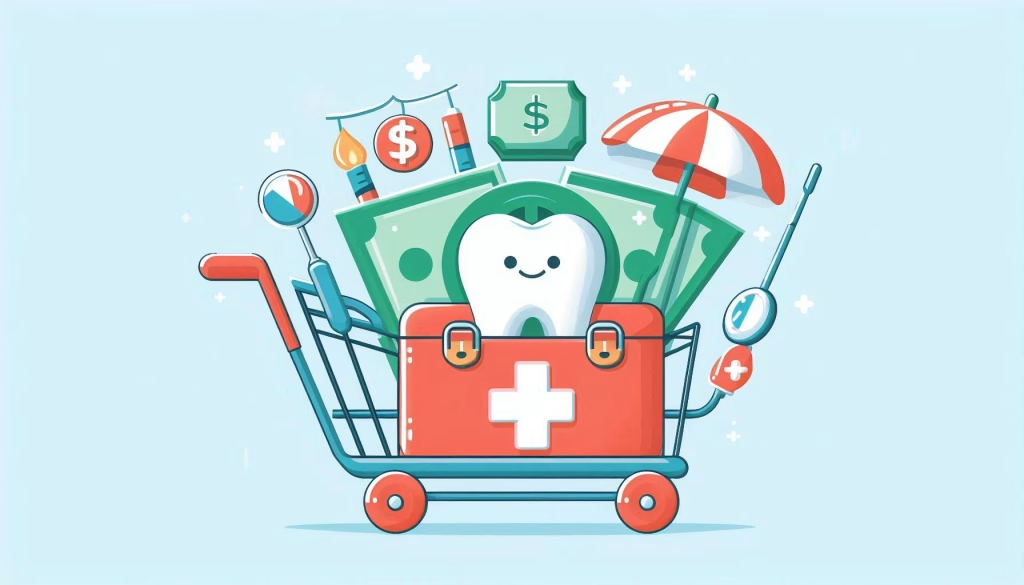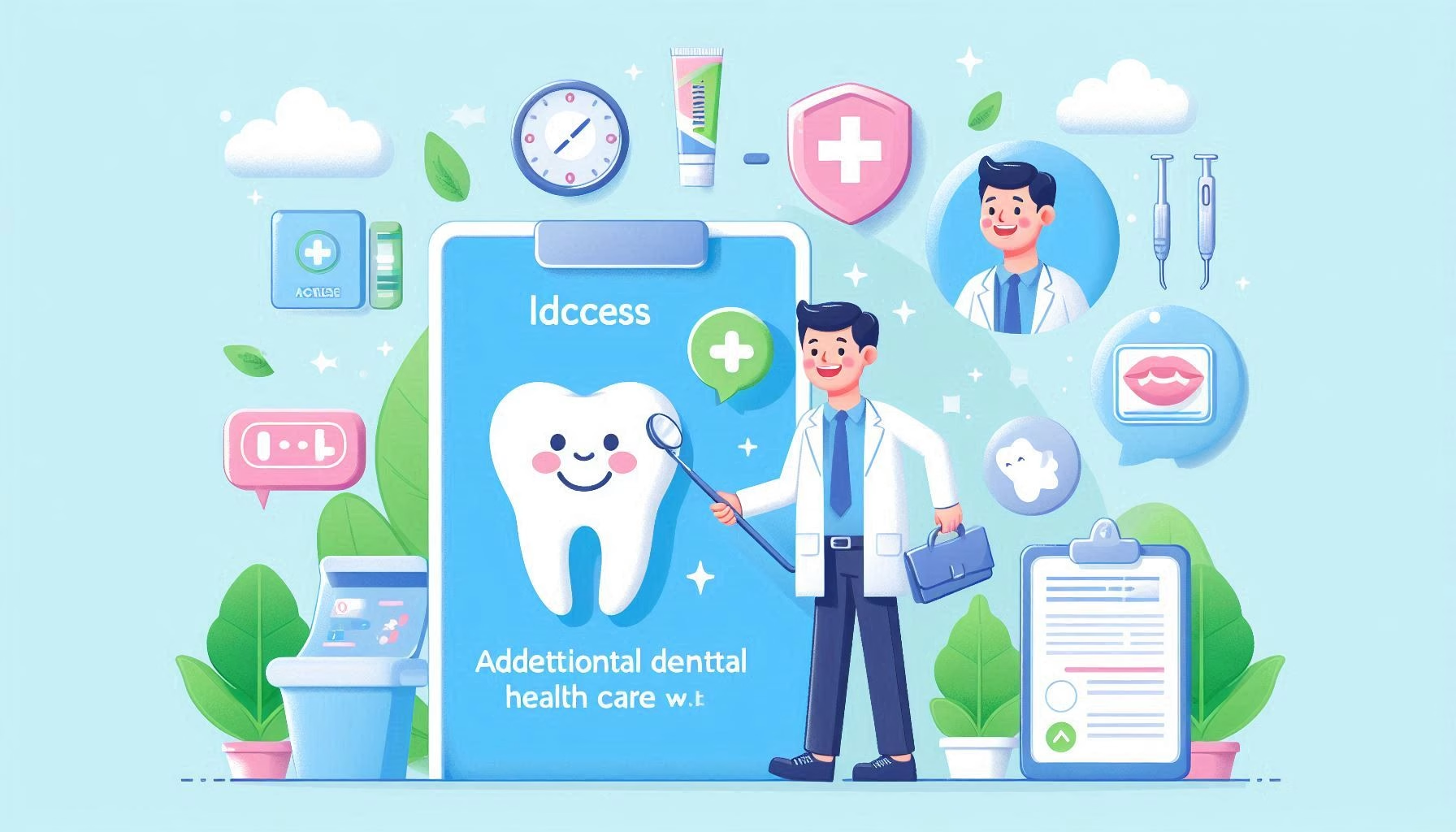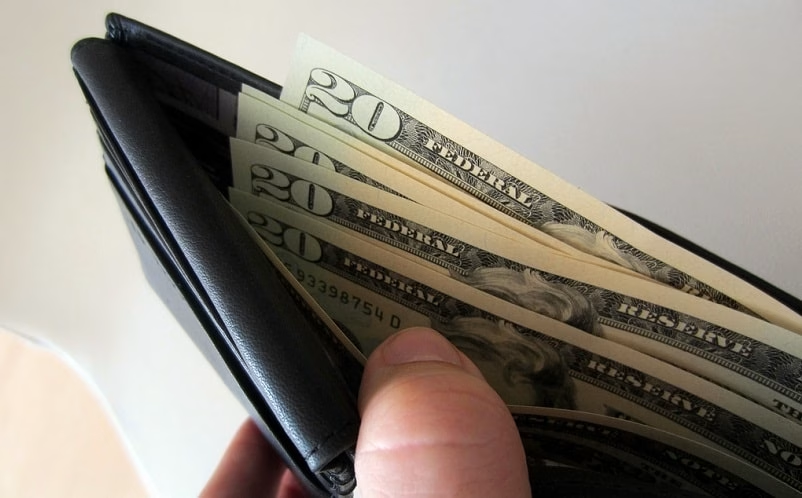Table of Contents
Overview
When you notice your teeth becoming yellow, it might trigger a childhood memory of your parents’ advice: ‘Don’t forget to brush your teeth, or they will turn yellow.’ This creates the perception that yellow teeth are a result of not brushing.
Indeed, various factors contribute to the discoloration of teeth. Contrary to what advertisements often depict, the natural color of teeth is not pure white. Teeth typically have a bluish-white shade and are somewhat transparent.
The whiteness of teeth is due to the enamel layer, also known as enamel (not to be confused with e-mail). Naturally, this enamel layer can wear away. When it does, the yellowish dentin layer underneath becomes visible.
Habits that Make Teeth Yellow

Unknowingly, we often engage in habits that erode our tooth enamel, revealing the yellow dentin beneath. The following are some common causes of this erosion.
Habits that Make Teeth Yellow No.1
InsuranceWhat.com
Medications
Some individuals are very attentive to their dental health, yet their teeth may still appear yellow. This discoloration can result from taking certain medications, like antibiotics, particularly if they have been used since childhood to treat recurring inflammation.
Certain antibiotics, like tetracycline and doxycycline, can cause teeth discoloration, turning them yellow. Moreover, various medications used for allergy relief and blood pressure management may also have similar discoloring effects on teeth.
Reducing the consumption of certain medications is one method to prevent this issue. In children under the age of eight, the yellow discoloration of teeth caused by antibiotic use can become permanent.
Habits that Make Teeth Yellow No.2
InsuranceWhat.com
Colored Foods
Colorful food is certainly appealing and generally safe to eat. However, excessive consumption of such colored foods can contribute to teeth discoloration.
Dental health practitioner Deepak Aulak revealed that certain foods can leave persistent stains on teeth, which may eventually cause damage.
Aulak noted that teeth have the capability to protect themselves. However, chemicals such as food coloring may pose a riskRisk Risk is a loss that occurs to the insured individual or object. Various bad possibilities could happen to someone. by leaving plaque and bacteria on the teeth, potentially trapping color pigments within them.
To avoid this, consider drinking water between eating these colored foods. Additionally, ensure you clean your teeth thoroughly at night.
Habits that Make Teeth Yellow No.3
InsuranceWhat.com
Coffee and Tea
The coffee culture, which now encompasses tea drinking among millennials, has become commonplace. Accessing these beverages is incredibly easy; one can order them via an app for workplace enjoyment or visit a local coffee shop.
Perhaps you frequently enjoy coffee or tea to boost your mood or relax. However, it turns out that regularly consuming these beverages can lead to yellowing of the teeth.
The discoloration of teeth is attributed to the tannin content in coffee and tea. Tannins have the propensity to adhere to the enamel, which is the outermost layer of teeth. Over time, this can gradually alter the tooth color from white to yellow.
“I prefer tea over coffee.” If this were the case, you would need to consider reducing your tea intake because the tannin content in tea is actually higher than in coffee. As an alternative, you could opt for green tea, which has a lighter color.
Habits that Make Teeth Yellow No.4
InsuranceWhat.com
Fruits
Indeed, consuming fruits is beneficial for the body. However, it is also true that certain fruits can alter the color of teeth, particularly those with vibrant colors. Unknowingly, these fruits may leave stains on the teeth.
This includes consuming foods made from processed fruits, such as juices or cakes, particularly for those who frequently consume them.
To prevent this, remember to drink water after eating these foods. Fruits known to stain teeth include oranges, tomatoes, pineapples, berries, and grapes.
Habits that Make Teeth Yellow No.5
InsuranceWhat.com
Brushing Teeth
Brushing our teeth certainly helps prevent dental problems. However, it’s important to discuss the correct technique. It’s worth noting that brushing too frequently or too vigorously can harm the delicate enamel layer.
The damaged enamel layer exposes the yellow dentin underneath. This explains why, despite diligent brushing, your teeth may still appear yellow.
Brush your teeth gently and avoid brushing too vigorously. Ideally, you should brush your teeth twice daily: once during your morning shower and again before bedtime.
Habits that Make Teeth Yellow No.6
InsuranceWhat.com
Mouthwash
You might be surprised to learn that mouthwash can cause teeth discoloration. Using mouthwash is beneficial for maintaining oral health, but it’s important to moderate its use to prevent this issue.
Mouthwash contains chlorhexidine, a bactericidal compound beneficial for treating gingivitis. However, it can also cause teeth to become brown.
Many mouthwashes available on the market contain high levels of acid. Frequent use can lead to dryness in the mouth, which may affect the color of your teeth. Saliva plays a crucial role in maintaining oral moisture and preventing stains from adhering to the enamel, but it cannot function optimally under such conditions.
Habits that Make Teeth Yellow No.7
InsuranceWhat.com
Smoking
Smoking is widely known to yellow the teeth, primarily due to the nicotine and tar in cigarettes. These substances readily adhere to the teeth and over time, their accumulation results in a yellowish discoloration.
To mitigate health risksRisk Risk is a loss that occurs to the insured individual or object. Various bad possibilities could happen to someone. without quitting smoking, consider reducing the number of cigarettes you consume daily and limit smoking to certain times or places. Additionally, adopting a balanced diet, engaging in regular exercise, and possibly using nicotine replacement therapies can contribute to lowering health risks.
Access Additional Dental Health Care with Health Insurance

Health insurance typically does not cover the cost of teeth whitening for yellow teeth. However, scaling, a procedure that cleans the surface of the teeth and can reduce their yellow tint, is usually covered by health insurance. Additionally, health insurance may cover various other dental care and treatment expenses, including:
- Medical examinations, treatments, and consultations are critical components of healthcare.
- Premeditation
- Oro-dental emergencies
- Extraction of the first tooth
- Permanent tooth extraction can be performed without complications.
- Post-extraction drugs
- Composite toothpaste or GIC
Health insurance provides coverage not only for dental care costs but also for a wide range of medical treatments, including consultations, surgeries, medication purchases, hospitalization, and outpatient services. The advantages of health insurance are indeed significant in safeguarding your finances against various unforeseen health risks.
The Conclusion
Maintaining White Teeth
The explanation provided helps us understand which habits may lead to yellowing of the teeth. If you engage in any of the mentioned habits, it’s advisable to curtail them. Smoking, in particular, should be stopped entirely. For those who enjoy fruits, remember to drink water to maintain both the health and the whiteness of your teeth.
Do you think you have other ideas about Habits That Make Teeth Yellow: How Daily Habits Affect Your Smile? You can comment and share your thoughts below, or discuss more in the InsuranceWhat Forum. Also, read more articles about GLOBAL INSURANCE or other interesting insurance topic articles only at InsuranceWhat.com.




